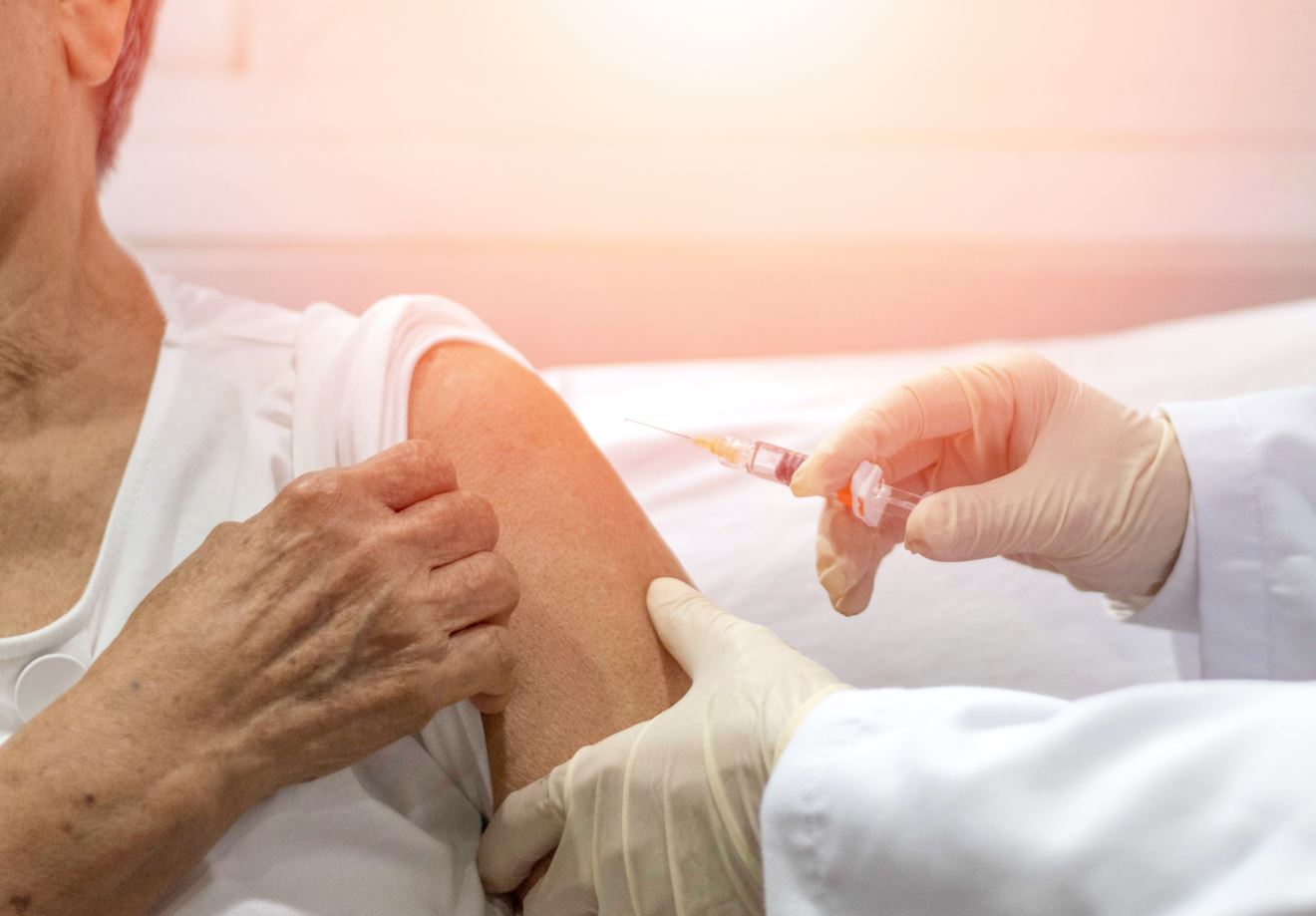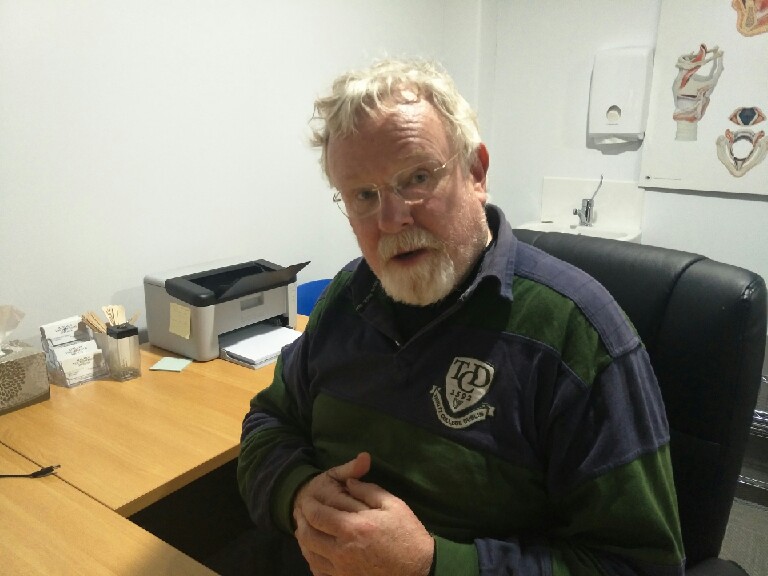
Older Australians are being urged to keep having free shingles vaccinations – along with their annual flu injection – to keep pushing down the incidence of the painful chicken pox-related condition.
The warning follows a study of the rapid uptake in shingles vaccinations, and corresponding decline in use of shingles (herpes zoster) antiviral treatments, since the launch of the vaccine Zostavax on the National Immunisation Program for people in their 70s in late 2016.
“This free NIP vaccination, with catchup vaccines offered to those 71-79, has resulted in a fall in the incidence of shingles,” says Flinders University Associate Professor John Litt.
“Our study indicates that more than 60% of people have received the vaccine, even though there are just under 35% on the official Australian Immunisation Register (AIR), which still leaves further room for improvement in coming years.”
Westmead Institute for Medical Research Professor Anthony Cunningham, Associate Professor Litt and collaborators from around Australia have published their findings in a new paper in Human Vaccines and Immunotherapies.
“The current study notes that almost 1.4 million doses were distributed in the first 17 months after NIP funding, compared with less than half a million recorded on the AIR, indicating substantive under-reporting of the administration of the vaccine,” says Professor Cunningham.
“GPs are used to uploading to the AIR for younger patients but in this case, especially given the rapid expansion of the vaccine, uploading of Zostavax administration has fallen behind.
“The positive findings of this study should help encourage ongoing vaccination efforts to help protect eligible older adults from the risk of shingles.”

An NIP listing of Shingrix, another vaccine, promised to make even more of a difference to older patients. The vaccine has been recently been TGA registered and is only available on the private market as supplies pick up for wider distribution.
“We have seen quite a successful story to curb shingles and complications such as very painful postherpetic neuralgia through vaccination in the community,” says Professor Cunningham, Director of the Centre for Virus Research. “Australia started from almost zero and got up to more than 60% coverage within two years.”
The researchers estimate similar coverage of approximately 60% during the first three years of the corresponding UK vaccination program, while the US coverage was approximately 35% among all adults aged up to 60 years old, 10 years after the vaccine was launched.
Early impact of the Australian national shingles vaccination program with the herpes zoster live attenuated vaccine (2020) by J Litt, R Booy, D Bourke, DE Dwyer, A Leeb, P McCloud, AN Stein, M Woodward and AL Cunningham has been published in Human Vaccines & Immunotherapeutics, DOI: 10.1080/21645515.2020.1754702
The independent Australian study was funded by Seqirus. The authors included a Seqirus employee and advisory board members. Other researchers came from Flinders University, University of Sydney, NSW Health Pathology, Westmead Hospital, Illawarra Medical Centre, McCloud Consulting Group, University of Melbourne, and Westmead Institute for Medical Research.

